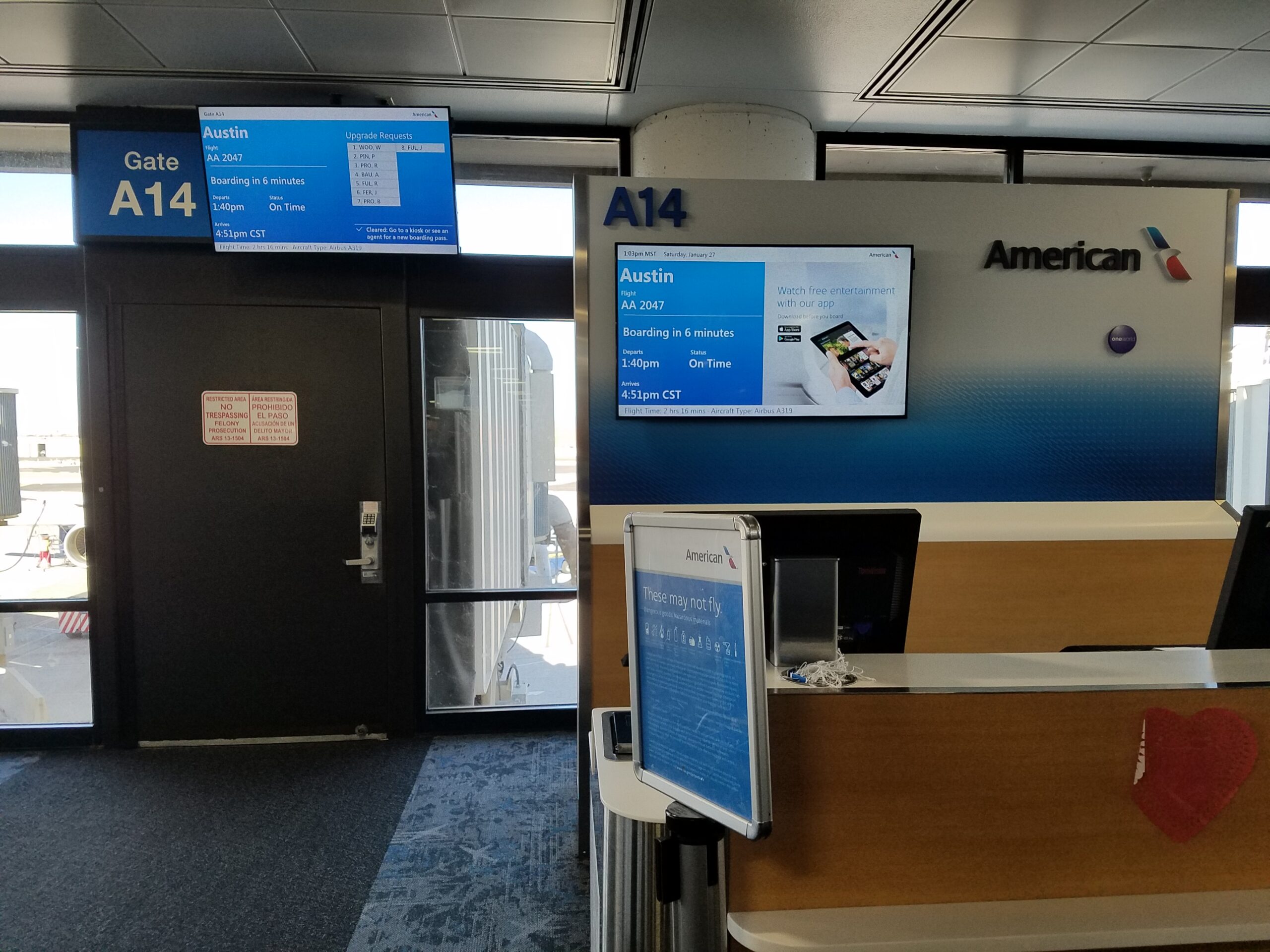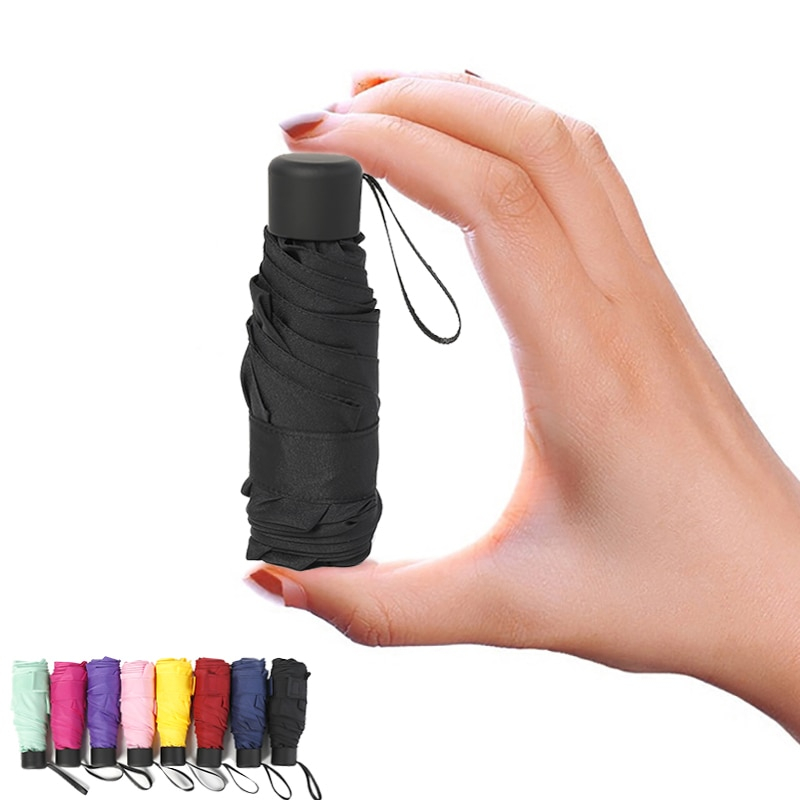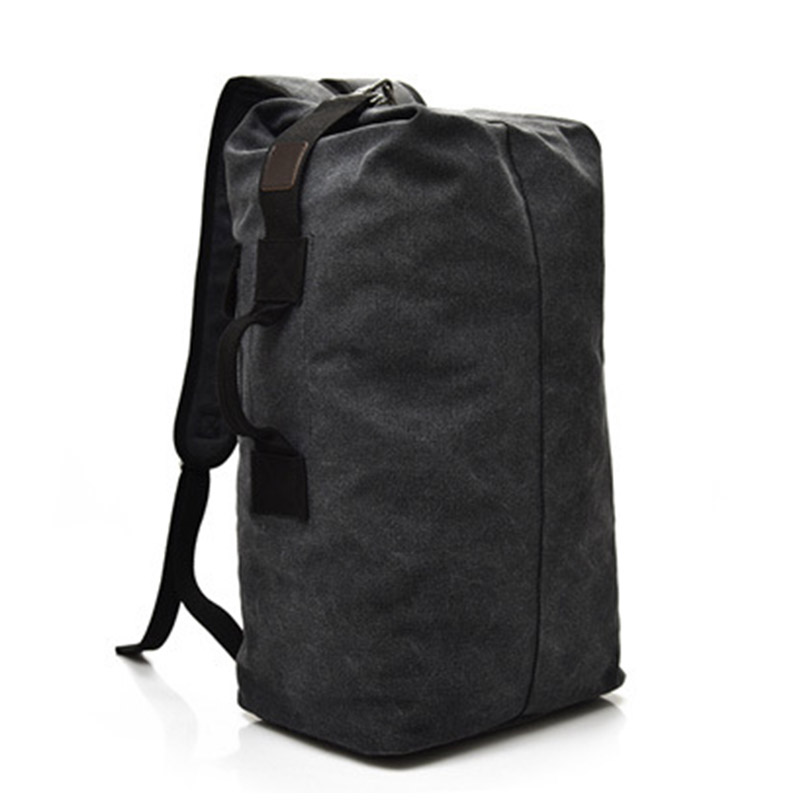The largest U.S. airlines have 8 to 10 boarding groups. In theory, airlines want passengers on planes faster, and the groups do have elements geared towards that – the later boarding groups may prioritize passengers towards the back of the plane or in window seats. But that’s only a small piece of what airlines are after.
One study found that if airlines really wanted to board people quickly they would send:
passengers in a series of waves, with the first passengers called to board seated in window seats two rows apart—first 30A, then 28A, then 26A and so on. Next, the same for the other side of the plane (30F, 28F, 26F).
The process continues with odd row window seats on either side, middle seats, and finally aisle seats. Each person can sit down within moments of one another without getting in anyone’s way.
In field tests, it proved to be almost twice as fast as most conventional methods, and 20% to 30% faster than have-at-it, entirely random boarding—which is also faster than the method used by airlines. (He too would board slower passengers requiring assistance first.)
Yet airlines don’t do this! They have competing interests involved, what works in the simulation doesn’t always work well in practice, and speed to board is only one (small) piece of turning around aircraft quickly.
Airlines Have Competing Interests, Not Just Fast Boarding
The simple version of what supposedly works best is boarding back-to-front, but that still causes backups in the aisle as customers store their bags.
You actually want to stagger window-to-aisle, passenger stows their bags and gets out of the aisle and then the middle seat passengers go, but you need to do at least every other row at a time to space people out – to keep them out of each other’s way while they’re getting on, getting backs up and under, and getting into their row.
Except that’s not at all practical, because that forces you to split up families. And once you keep families together, the advantage breaks down.
Passengers also value boarding early, in part to ensure they have overhead bin space and also to avoid the chaos and being caught between plenty of others. They don’t want to get stuck in line on the jetbridge, either.
- So airlines can sell early boarding
- And elite frequent flyers, credit card customers, and sometimes just mileage program members can board earlier
- While those on the cheapest basic economy fares are forced to board last.
Ultimately airlines study these things and in practice there’s just not enough benefit in speed to justify the tradeoffs.
Small Delays Are Costly: The Southwest Airlines Story
Southwest Airlines turns planes faster than airline airlines, and they’re working to improve this even further through automation. This stems from a history where early on they had to give up one of their planes they couldn’t afford, but still managed to keep to a schedule by turning planes around in 10 minutes (later extended to 20 minutes, and now longer still).
While Southwest gains a lot of consumer plaudits for bundling two checked bags with every ticket, this also means passengers are carrying fewer bags onto planes since they don’t need to in order to save money. Fewer bags to stow means boarding happens more quickly.
Southwest’s CEO said as far back as 13 years ago,
It would cost us approximately 8 to 10 airplanes of flying per day if we were to add just a couple of minutes of block time to each flight in our schedule.
Airlines are trying to optimize schedules for connecting flights, they don’t just push each flight later in the day. Customers want certain flight times, their competitors fly certain times, and they can’t just push flights later in the day.
Small delays can also be costly because they cause passengers to misconnect, and because it means that later flights on the same aircraft and with the same crew may be delayed too, so small delays cascade.
Unfortunately Southwest’s ground times are likely to increase despite the airline’s best efforts. That’s because Southwest is moving to assigned seating.
Right now everyone lines up to board in advance. They get on the plane quickly. There are few stragglers, because boarding late means having last choice of seats (a middle seat in the back, usually). There’s a strong incentive to board as soon as possible, that’s going to disappear as soon as they moved to assigned seating next year.
That comes at a huge cost. Remember those 10 airplanes that small delays cost Southwest (and it’s more now, since their operation has grown larger)? At $50 million apiece that’s $500 million not counting the cost to crew and fuel them.
Boarding Delays Aren’t Just About Seat Assignments
The order in which passengers board can influence how quickly they get on the plane, but that’s only a small part of the equation.
- Carry-on bags take time to stow. So checked bag fees, which encourage passengers to bring their belongings onto the plane, lead to delays.
- Gate checking bags takes time, too. When there are too many carry-on bags to fit onto the aircraft, passengers need to check some of those at the gate. When they discover full overhead bins, that time is taken up at the very last moment before pushback.
This is the biggest reason airlines install larger overhead bins because it means fewer gate checked bags, and a better chance of an on-time departure. It’s also why airlines force passengers to gate check bags even when there’s plenty of available bin space. They’re trying to get ahead of things in case the bins fill up.
- Standbys and upgrades take time. That’s why some airlines have moved to automate these tasks and get them done earlier. It’s also why American Airlines no longer lets most passengers add themselves to standby within 45 minutes of travel, and even then customers are required to use self-service tools to do it rather than taking up agent time.
- Airline staffing levels matter, too. So while getting flights out promptly matters, and failing to do so is costly, there’s also a push to reduce labor expense by having fewer agents work each flight.
Airlines could board faster, and that’s valuable. But the requirements they’d have to impose to do it would be too costly on families, and wouldn’t meet the needs and preferences of customers either. Once they begin shifting away from the ideal for speed, additional alterations make sense. Airlines have ultimately settled on what really does work best for their business – a tradeoff between speed and other priorities.















